Can paint insulate walls of homes?
No it cannot. Despite engineers having long ago debunked this nonsense, insulating paint still occasionally finds its way into buildings. So what are the magical claims? Apparently powdered ceramic chips that can be added to any paint and are said to reflect heat in or out of buildings. reducing heat loss by staggering amounts.
I was under the impression that this had been successfully exposed as a fraud, until a mention of it recently came up. All it took was a quick Google search to find a supplier more than willing to extole its virtues. So it's still out there, and clearly in need of a fresh rant.
The claim that powdered ceramic paint additives can reflect heat isn't the big falsehood here, but rather the rate at which it does that is beyond suspect. There may be some value in it's ability to reflect heat away from a building when applied to the exterior, though there are many sensible alternatives that for sure work.
The big ruse here is when it's promoted as an alternative to insulation when applied to the interior of a building, or that it can double the R value of an existing wall. It may add an inconsequential decimal point of R value to your wall, but that is akin to a butterfly slowing down a passenger train in an impact. Yes, the butterfly collision *will* slow the train, but not so much that the jolt will make you spill your coffee or get whiplash. Including insulating paint in your wall assembly will have a similar effect on your heating bill.
Like so many things, fringe building products that sound too good to be true usually are. If paint insulated walls then why not forgo insulation all together and just put about 3 coats and call it a day? Or 5 coats and call it a Passive House? Because that nagging little voice in the back of your head is right; you are being swindled.
There is a well-known story of a company sales rep who believed so completely in the product that not only did he ignore (or not hear) his inner voice, but he built a monstrous 7,200 square foot house without insulation, relying entirely on his magic paint instead. Needless to say, even with heating and cooling going full blast, he froze in the winter and cooked in the summer. That's karma for you I guess.
Sorry to sound so flippant about it but it really grinds my gears to see good people getting fleeced out of their money and thinking they've solved a problem when they haven't. Not only do they get their pockets picked, but they risk seriously screwing up their houses because they think they have insulation and they actually don't.
Insulating paint often finds its way into a build when there is insufficient space to build properly, so it's sometimes found in container houses and tiny houses as well. People living in homes without proper insulation or the money to undertake a proper retrofit can also fall victim to this scam, and after dropping $100 or more per can, they are only further away from having the money to effect a real solution to their insulation problems.
Dealers of insulating paint are very quick to name-drop NASA and talk about heat-reflection during space shuttle re-entry, but don't be dazzled by this nonsense. Yes, the technology originated there but its value ended there as well and NASA was not involved in any way with paint products in the residential housing market.

Suppliers will also drop a bunch of figures about how it doesn't directly add R value but, by reflecting heat, the paint offers an effective 'boost' to the R value. And they include some very convincing sounding stuff about heat transfer and thermal resistance for good measure, including the percentages of heat that you will save off your current bill.
This is not the first time that the laws of physics have been cherry-picked to spin a good yarn, nor will it be the last. Such narratives are usually packed with impressive claims, confusing calculations and real or imagined terminology, and it works great.
In fact, it has been conclusively shown that 67% of people will believe randomly made up statistics, and that number jumps to 72.58% if you include two decimal points.
So that's all I have to say on this since the voodoo science behind it has been debunked many times over. For more details about the claims and the realities of this, here are the conclusions of some of the respected names in the building information community:
- "While these products may have some relevance in the extreme conditions of outer space, manufacturers of paints containing [insulating additives] are making claims that defy the laws of physics." - Alex Wilson
- "There is poetic justice to a story in which a distributor of “insulating” paint ends up shivering during the winter and sweating during the summer because of the ineffectiveness of his worthless paint." - Martin Holladay
- "Everything I ever learned in Architecture School and practice tells me that this is impossible." - Lloyd Alter
- "If this paint is really equivalent to R-24 batt insulation, why in the world would we put any insulation in our walls at all?" - Jon Eakes
Now you know insulating paint does not work, learn how insulation actually works and find the right kind in the Ecohome Building guide and these pages here :
Sign up for a free Ecohome Network Membership and promote your business for free! |

















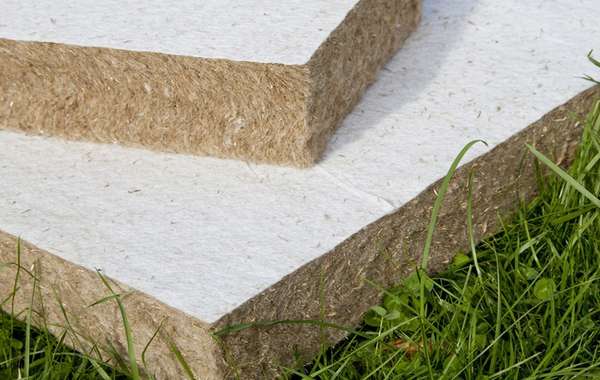


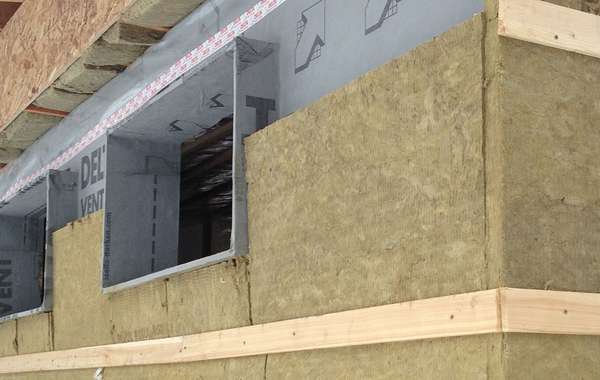

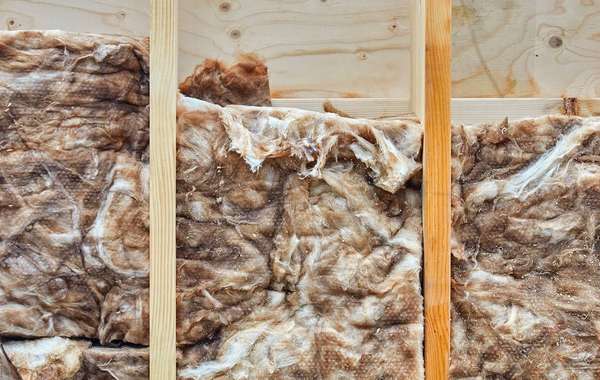
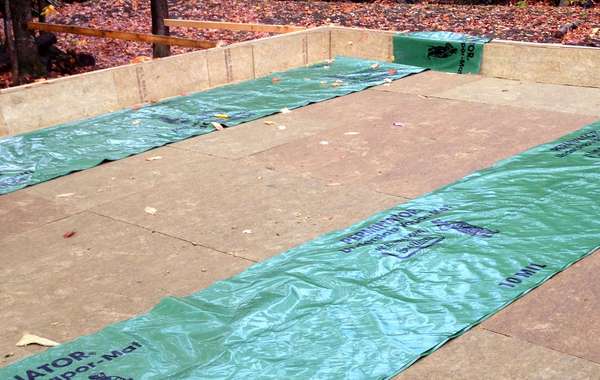

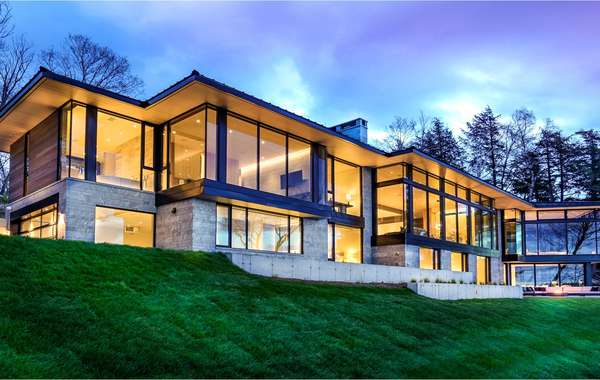
I'm gloing to say this in defense of the sales rep who fell victim to his own hype. This is not an example of karma. He clearly believed in the product sufficiently to put his money where his mouth is. That's a good thing. He was not a bad person, or a dishonest one, for that matter. He was simply wrong, and being wrong is not a moral failure. If he continued to promote the product after learning the hard way that it didn't work, then he 'deserved what he got'. Up to that point, he was just another victim of his employer, just like all of the other victims to whom he sold the product, all the while believing he was helping them.
Hi Roland,
I applaud your defense of a potential victim and I would share your sympathy if this were someone who took responsibility for their own actions, but that is not what this man did. He ignored the advice of a string of professionals and did it anyway, and like you I don’t fault him for that, but rather than accept responsibility for his own folly he instead sued the HVAC contractor for the inability of his heating and cooling system to provide a livable environment.
So for that contractor to have his advice ignored and then be dragged through the court system, losing work time and likely incurring legal fees, as well as tying up the court system and wasting taxpayer dollars to do so, I would say this is Karma and then some. There is greater detail about what happened in the Green Building Advisor story linked at the bottom of the article. Best regards.
Yeah, but some houses cannot be insulated. My house (built in 1928) is mostly stucco. The walls are terra cotta tiles. There is no more than 3/4 inch of open space between the structural tiles and the lath. Isn't some insulation better than none?
I get your thought there, but no, applying a coat of this magic paint would do virtually nothing.
All houses can be insulated one way or another. It may just mean giving up a 'look' either on the inside or the outside. Rockwool insulation is one of our favorites for the trickier applications because moisture flows right through it so there is no risk of trapping moisture and causing rot if you put it on the outside of any building.
For cases where you absolutely will not insulate, like yours maybe or an old stone house for example that you want to keep in orginal condition inside and out, you would be far better to invest a few thousand in a heat pump for more efficient heating than a few thousand on paint that may offer .000something more R value than normal paint.
And for even more extreme situations, even install a geothermal heating system along with that heat pump.
You're just no more than a cocksure. Have you actually tested any of the paint yourself ? ie, purchasing several different brands, testing on surfaces with infrared or other thermo equipment etc ? Not knowing for sure and googling on the internet, then telling people its nothing more than snake oil. How sure were you that this so called supplier wasnt making stories up Naysayer ?
I have not tested it, No. I arrived at these conclusions based on two things - the Second Law of Thermodynamics which proves this to be utter rubbish, and the experience of the poor fella who spent a fortune on heat yet still sat shivering in his house after he "insulated" it with nothing but two coats of magic paint. I have also not personally circumnavigated the globe to ensure that it really is round. I took the word of scientists on that too. My bad, it could be flat.
Thanks Mike, I was at Contech today with Vanier students and there was an exhibitor still trying to sell this crap. Isn't this fraud?
Hey Jeff ! Not knowing much about the law in this respect means I couldn't really say, but the fact that there is *some* added insulation value ('virtually none' can still by definition qualify as 'some'), does give it a dusting of truth, so perhaps that is the workaround. This isn't the first building product we've come across that makes grandiose claims based on a pseudo-science, so buyer beware I guess!
Yes it works not the way you have they photo up food for condensation problems
Don't quite get that Liam. Happy to hear where we've you think we've gotten it wrong, please do take time to look at your auto corrects so your sentences make sense. I think your comment about food may have been an attempt to write 'photo-shopped' condensation, but I don't even see what you think is condensation. And our conclusions are based on the second law of thermodynamics, not a picture.
O dear so unlike magical moon batteries nasa paint does not cancel full radiated Sun heat? deldelahaye3811 "Oh dear....! Basically all heating on the Moon is from radiated heat. from the sun .now you probably do not understand that radiant heat is *fairly easy to protect against...You reflect it back...so you can paint your cameras silver, or white..this is pretty effective and the problem is solved* ..the fact that you pretty much ignored radiant heat in your comment shows that you either do not understand."